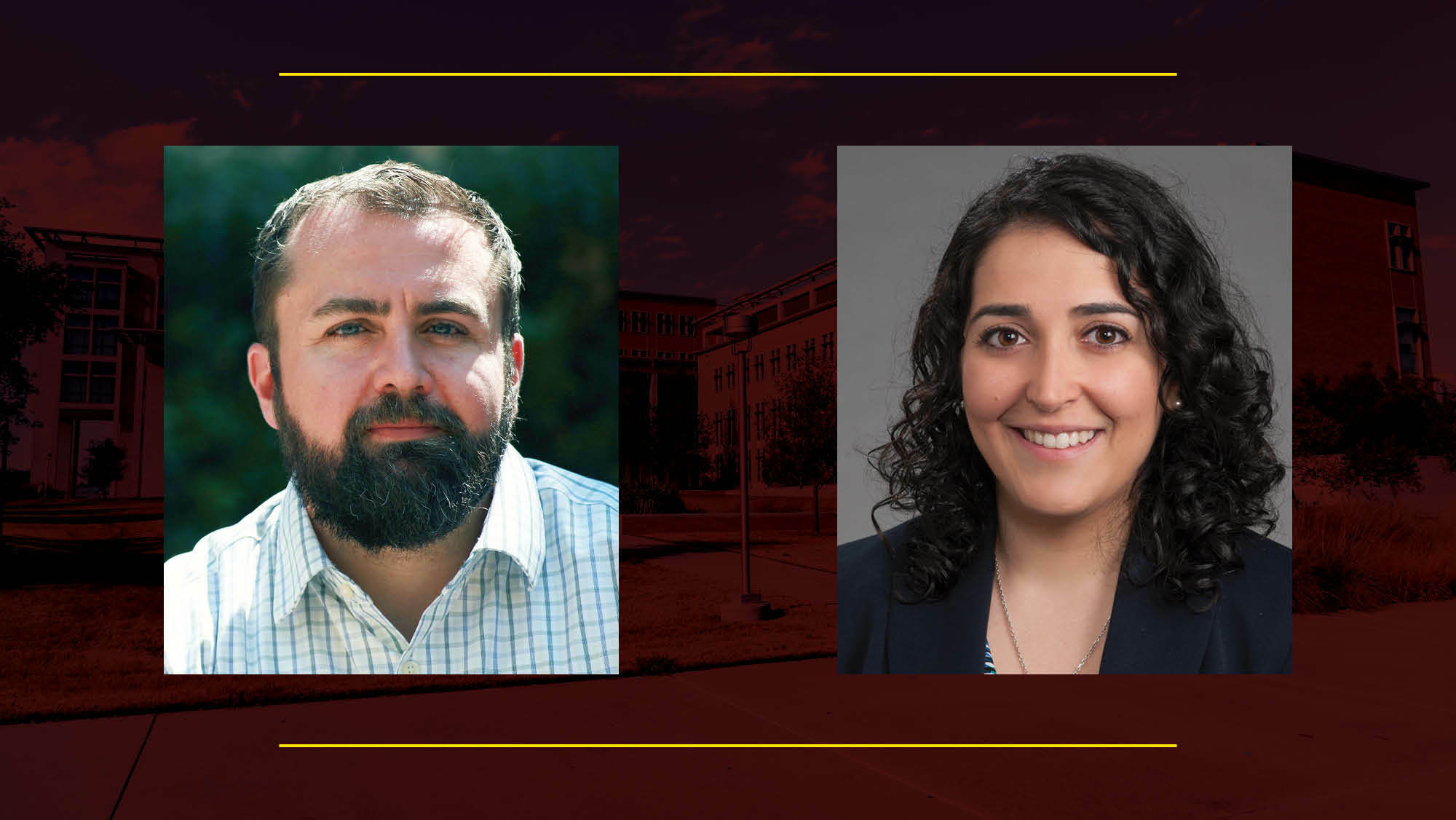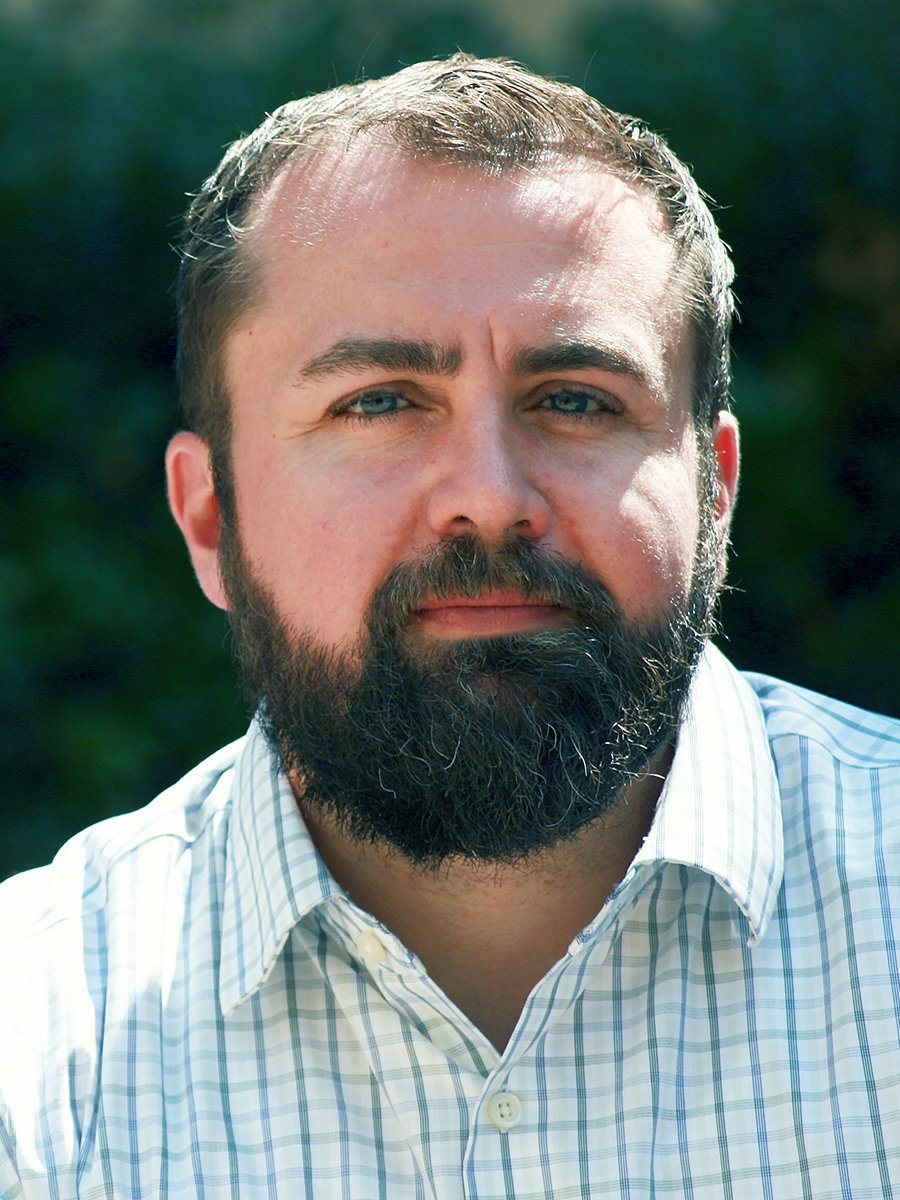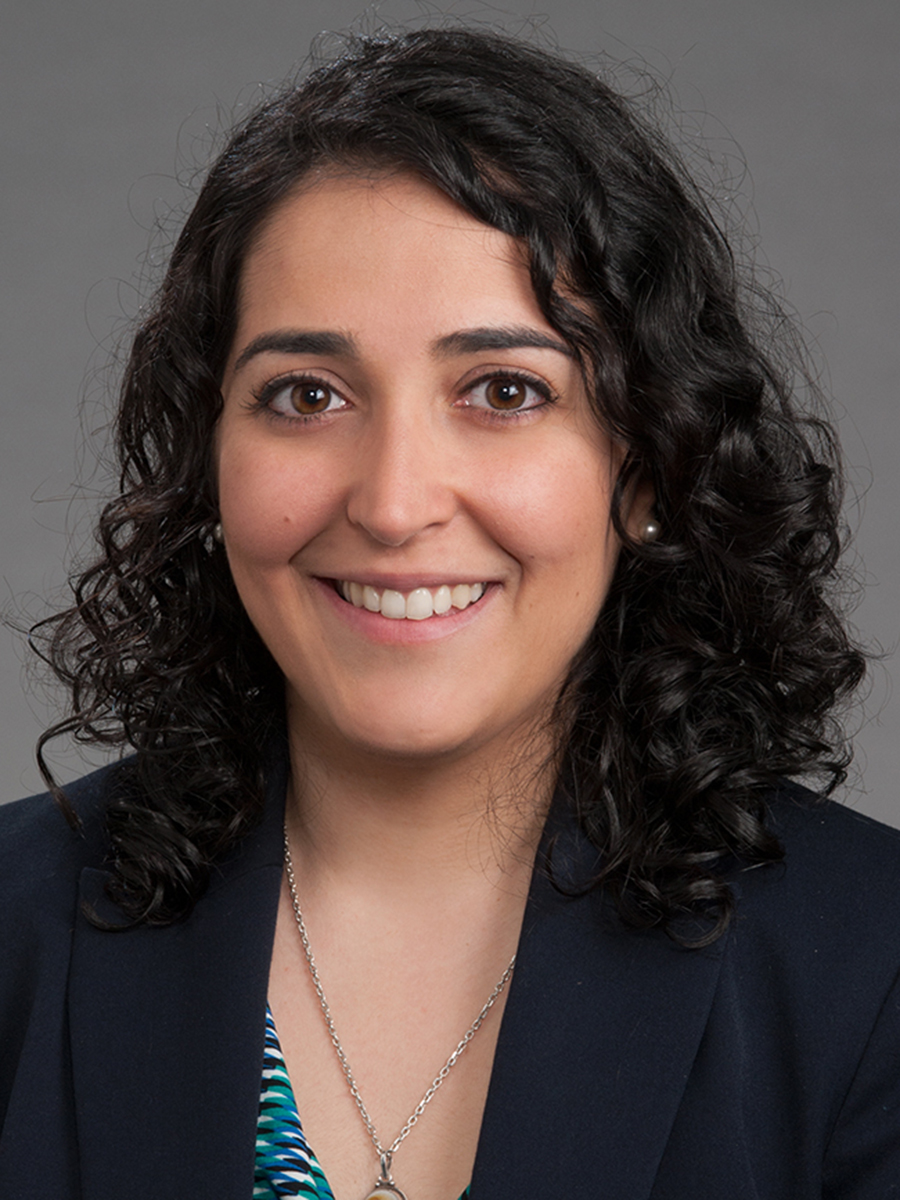
In a collaborative effort, the Texas A&M School of Veterinary Medicine and Biomedical Sciences and the Department of Biomedical Engineering at Texas A&M University have welcomed Dr. Kenneth Hoyt and Dr. Elaheh Rahbar ’11 to their faculty cohort.
Strengthening the partnership between the two groups is a pillar in biomedical engineering’s strategic plan and is being fostered by Dr. Frances Ligler, university distinguished professor and Eppright Chair in biomedical engineering. Joint faculty help connect faculty with complementary clinical and research goals to foster multidisciplinary research that benefits both animals and humans, according to Ligler.
“Embedded faculty create connections between people; we have to be able to talk to each other on an ongoing basis, to understand each other's problems and have individual, one-on-one relationships that motivate collaborations to address serious medical issues,” Ligler said. “There are serious veterinary problems for developing therapeutics, medical devices, or diagnostics that — if solved — will benefit humans as well. Engineers thrive on solving problems."
Dr. Kenneth Hoyt
Hoyt, joint professor in the Department of Biomedical Engineering and the Department of Small Animal Clinical Sciences, leads the Ultrasound Research Laboratory and is focused on improving ultrasound technologies for the detection and treatment response monitoring of diseased tissue.
Hoyt says the joint appointment holds significant importance due to its interdisciplinary nature and potential for advancing affordable clinical capabilities.
“In addition to fostering collaboration between my research team and veterinarians, a joint appointment facilitates the development of innovative biomedical technologies to help address complex healthcare challenges that benefit both animal and human patients,” he said.

The partnership has already led to a review article discussing potential applications for advancing accessible ultrasound technology, with contributions from veterinary medicine collaborator Dr. John Griffin. The article examines accessible ultrasound applications in various fields, like emergency care, to facilitate more timely diagnosis.
“With the advancement of handheld systems and devices, ultrasound procedures can now be performed without the need for a patient to be physically present in a radiology department,” Hoyt said. “This allows rapid bedside tests, especially in emergency medicine or ambulatory settings where a formal radiological investigation would inevitably delay any diagnosis.”
Other projects for Hoyt include working with collaborators at Thomas Jefferson University and the University of Texas Southwestern Medical Center to explore a new noninvasive tissue characterization method for monitoring human breast cancer response to presurgical chemotherapy.
“We have data from 20 patients now, and research suggests our ultrasound technique can identify responding and non-responding patients within weeks after the start of their treatment,” Hoyt said.
Nearly a year in, Hoyt still says he has an exciting journey ahead at Texas A&M.
“Texas A&M is renowned for its strong research programs across numerous disciplines,” he said. “As I embark on my new faculty position, I look forward to the research opportunities, teaching and mentorship, and being part of a vibrant academic community.”
Dr. Elaheh Rahbar
Rahbar first came to Texas A&M in 2004 as an undergraduate summer researcher in Dr. Jimmy Moore’s lab. Hailing from Michigan State University as a materials science major, Rahbar returned to Texas A&M two years later for her doctorate in biomedical engineering, which she received in 2011.
Rahbar has returned to Texas A&M and established The Rahbar (E.R.) Lab as a joint associate professor in the biomedical engineering department and the Department of Veterinary Physiology and Pharmacology.

The E.R. Lab is focused on engineering personalized trauma and critical care solutions. The lab utilizes engineering and computational approaches to identify biomarkers that can be plugged into algorithms for patient care. Rahbar says that human and animal research for critical care share many similarities and that animal responses can inform future human care in traumatic injuries and in the acute physiologic changes after an injury.
“Being a joint faculty member between the school and biomedical engineering allows our lab to have fluid interactions with both veterinarians and engineers,” she said. “We hope to invigorate more interest in this research space where there is a huge need for improved devices, diagnostics and clinical decision support tools.”
With 12 years of experience in a medical school environment, Rahbar said she looks forward to building strong collaborations between veterinary medicine, the Texas A&M medical school and the College of Engineering.
“There really is a shortage of engineers in the emergency medicine and critical care space,” she said. “I am really excited to build new programs that will equip not only our vet students, but engineers and medical students, with the necessary training to revolutionize how we handle trauma care.”
Rahbar and Hoyt are located at the Texas A&M Institute for Preclinical Studies (TIPS) building, which was established to enable translational research with large animals and is equipped with operating rooms and advanced imaging suites. They are working with other engineering and veterinary medicine faculty to expand the imaging and hemodynamic data acquisition modalities used at TIPS.
“They are both enthusiastic leaders for collaboration, generate outstanding new ideas, and have proven ability to obtain federal research funding to investigate those ideas,” Ligler said. “They each have individual expertise that fit well in our department and meet the needs of the veterinary community. They are both perfect fits.”